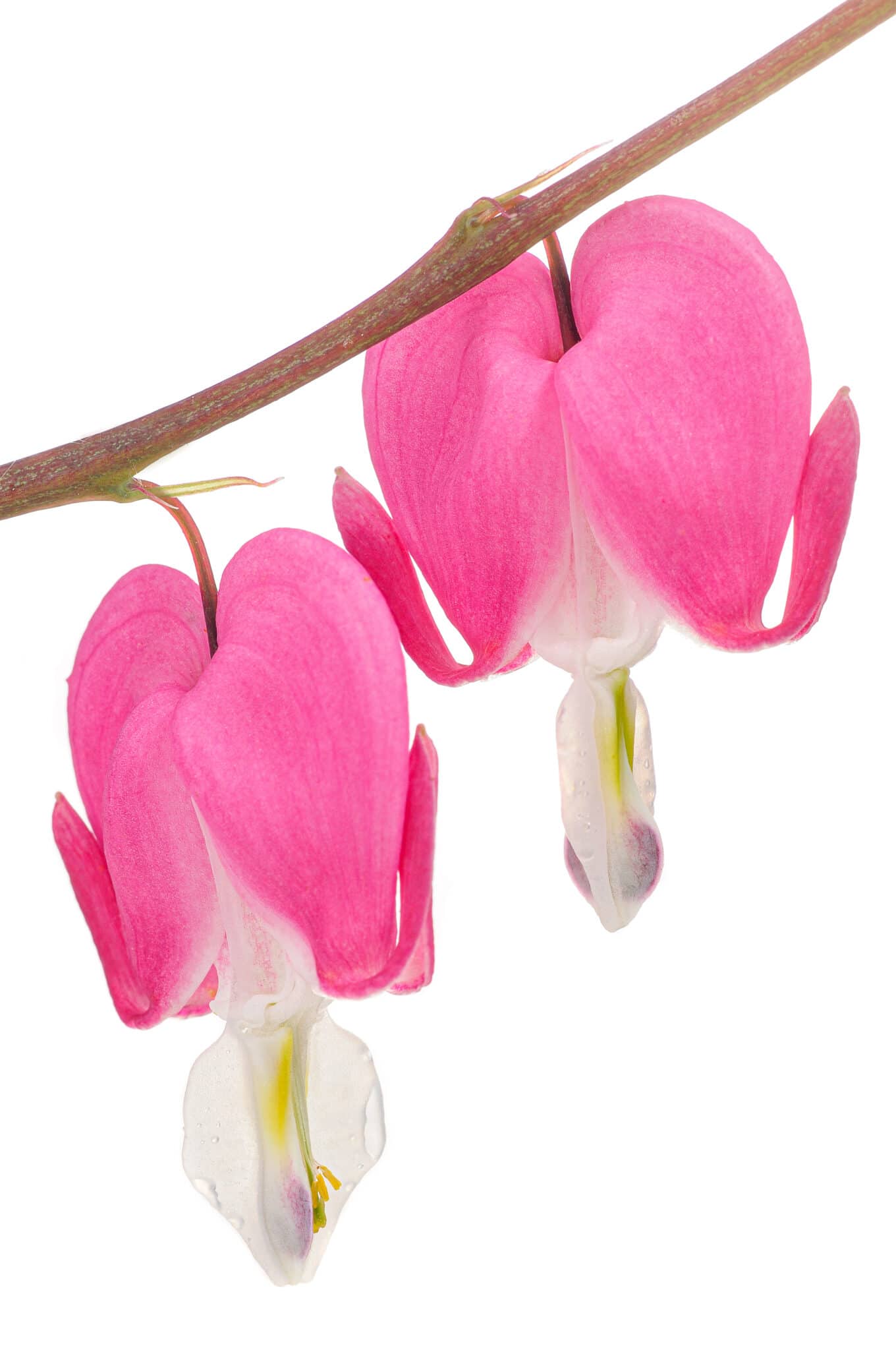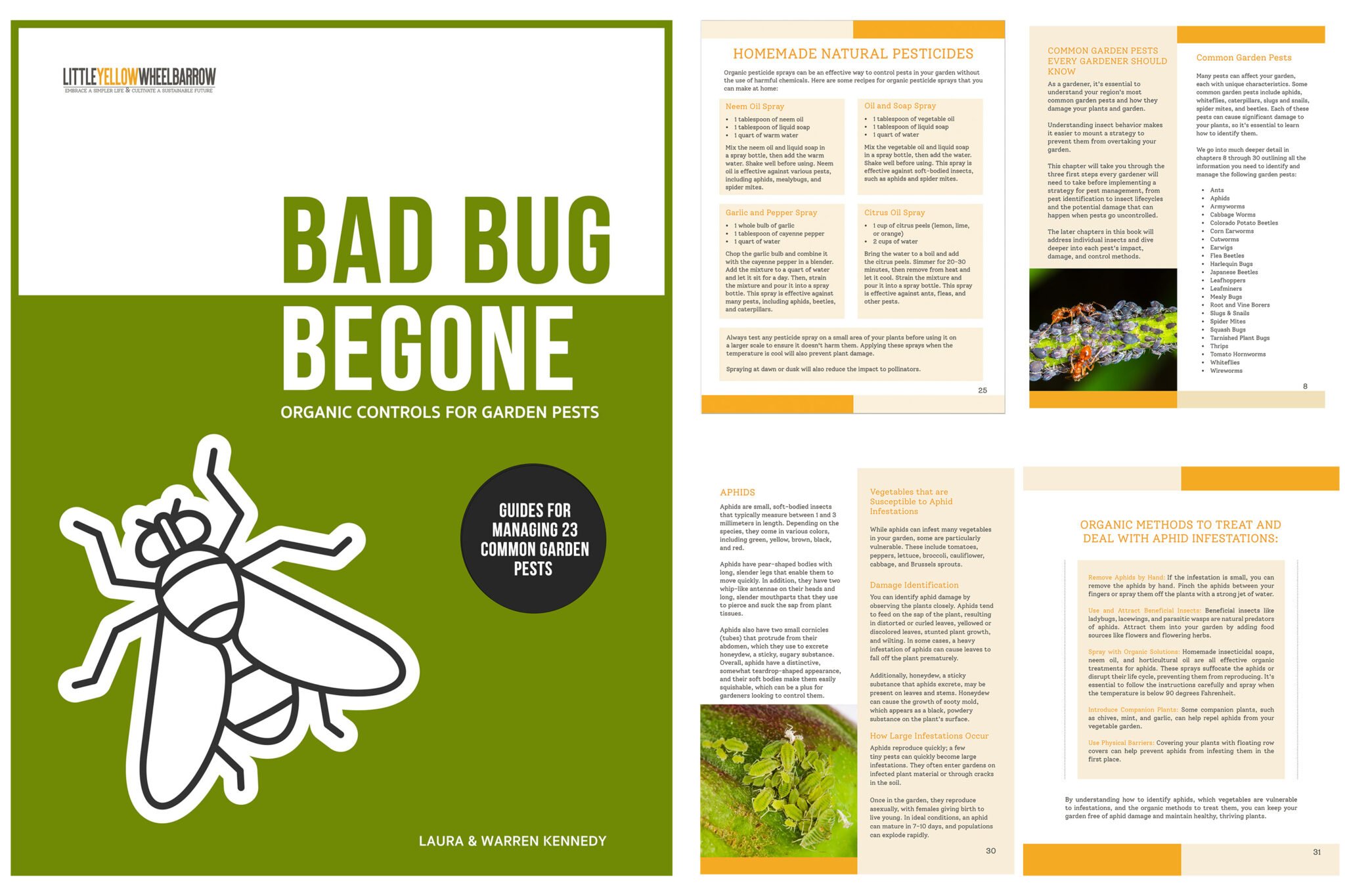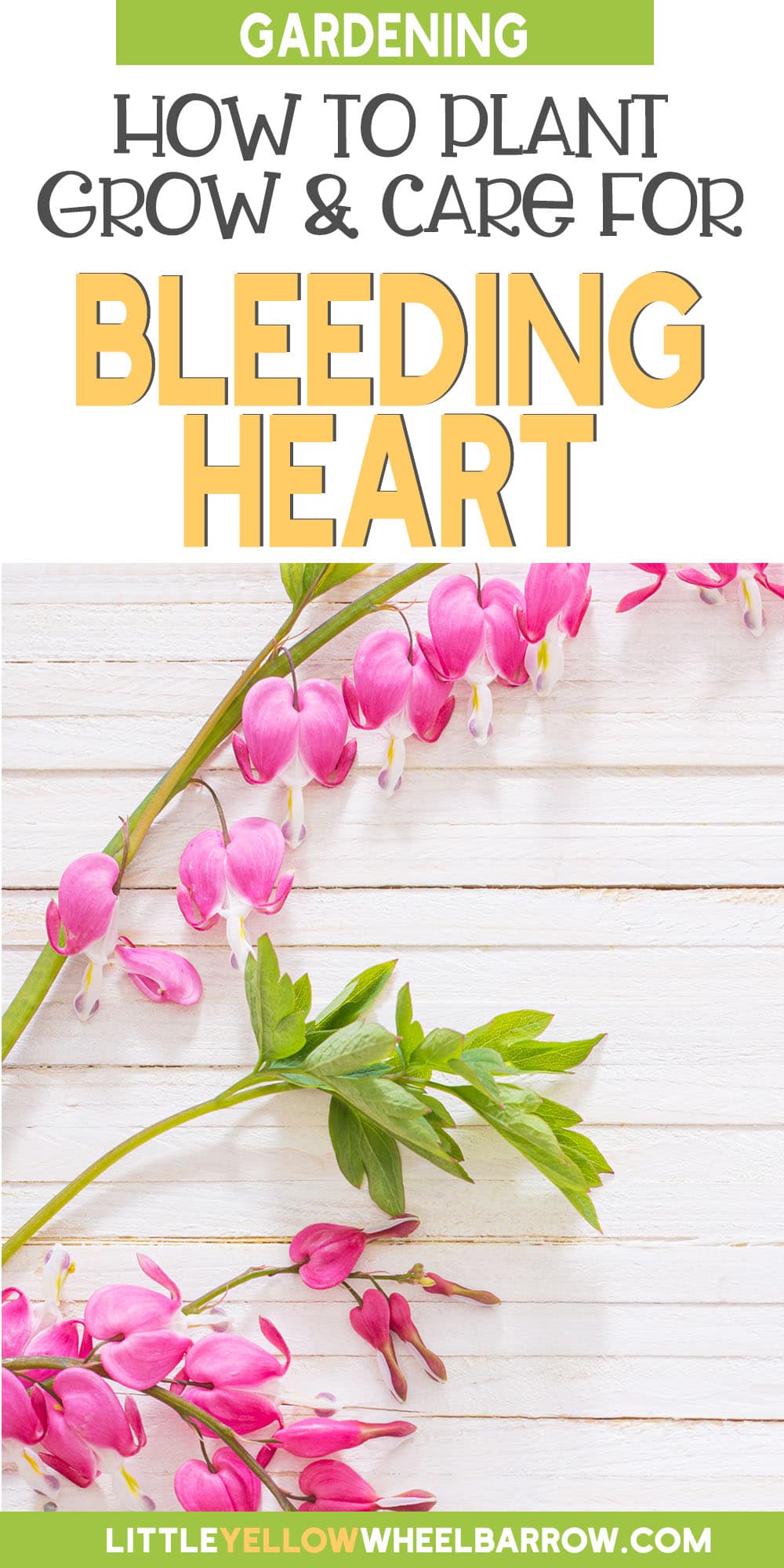Planting A Bleeding Heart So it Thrives!
My grandmother grew an old-fashioned bleeding heart in her front yard for many years. It always stood out to me (probably because of its name), and I loved to touch the heart like flowers when it bloomed. The plants always appeared incredibly delicate, and I often thought touching it would somehow break it (I felt that way anyway!). But despite their soft appearance, they make sturdy, generally trouble-free additions to perennial gardens and any woodland setting. There are a few tricks to planting a bleeding heart plant, but most of it boils down to creating the right environment for these beautiful plants to thrive.

Bleeding Hearts – An Oldfashioned Perennial Favorite
Bleeding hearts (lamprocapnos spectabilis) make fine additions to herbaceous perennial borders and excellent cut flowers. They have attractive feathery foliage with reliable early summer flower displays year after year. The plants have arching spray blooms with heart-shaped outer petals in pink, rose, and red; some even have pure white flowers. The plants have blue-green foliage that ranges from mid-tone green-blue to dark green. The white flowers look impressive in a moonlight white garden.
There are two types of bleeding heart plants:
Dicentra eximia – the fringed bleeding heart: Grows 1-2 feet tall with 1-1.5 feet spread.
Dicentra. spectabilis (gold heart) – the common name for bleeding heart. The plant will grow 2-3 feet tall and spread 2-3 feet.

We have guides you may find helpful for growing healthy, beautiful flowers in your home garden :
- How to Grow Snapdragons from Seed to Glorious Displays of Flowers
- Impatiens Care – How to Grow An Abundnace of Flowers in the Shade!
- How to Grow Sunflowers: Everything You Need to Know
- Forget-Me-Nots – How to Plant and Care for These Wonderful Flowers
The Right Environment to Plant Bleeding Hearts
The most important information about growing a bleeding heart year after year is ensuring the environment is ideal for the plant. If you provide the right environment, the plant with thrive.
Hardiness Zones & Where to Plant
Both D. exima and D. Spectablis are hardy to USDA zones 3-4. They bloom in mid-to-late spring to early summer and die in late summer. As a perennial, they will rebloom the following spring.
Light
Bleeding hearts prefer partial shade and should avoid being planted in full sun. However, they will tolerate direct sun in Northern zones with cool summers. In Nothern climates, growing in areas with light shade is best.
Bleeding hearts make great additions to a shade garden and grow exceptionally well in a woodland garden surrounded by other woodland plants. They will struggle if planted in full shade and may not bloom. But shady spots with a bit of sun that protect against summer heat will produce beautiful blooms.
The summer heat will cause the plants and flowers to wilt and die.
Soil
These flowers enjoy and thrive in rich, moist soil with good drainage. They will not grow in waterlogged soil or heavy clay soil. They like their growing area with a pH ranging from 6.0 to 6.5, but they can grow in slightly alkaline or neutral soils.

Planting & Propagation Of a bleeding heart plant
Planting
Bleeding hearts are challenging to grow from seed and are often purchased at the garden center potted or dormant bare-root plants. They can be planted in early to late spring or fall and placed at least 2 feet apart. Try to grow in areas without direct wind.
Bleeding hearts have deep roots, so dig the hole and loosen the soil down at least 1 foot.
Classic good companions include hostas and ferns and flowers like coral bells.
Propagation
Bleeding hearts can be propagated by root division. Division of roots should occur during early spring. Bleeding hearts can develop extensive, heavy, root systems so dividing up the plants every 4-5 years is best. In addition, dividing every 4-5 years will help prevent crowding and introduce better air circulation around the plants.
Gently dig up the roots in early spring, just as the new growth shows. The root ball is delicate and brittle, so be gentle and careful when pulling apart. Keep clumps of 6 inches or more together. Replant the new plants, but toss any old and withered roots from the original lump.
You can take stem cuttings for propagation from the common bleeding heart ( D. spectabilis).

General Bleeding Heart Plant Care
Water
Bleeding hearts need 1-2 inches of water per week from rainfall or watering. If you keep the soil evenly moist, the blooms of pink flowers will extend through the season and help to prevent the foliage from dying back. But it is a careful balance because too much water will create waterlogged soil, which will prevent the plant from growing. Bleeding heart plants hate soggy soil and can rot and stagnate when overwatered, so avoid planting a bleeding heart in an area where water accumulates.
Fertilizer
Bleeding hearts are heavy feeders and should be planted in soils with rich organic matter. They benefit significantly from a slow-release fertilizer added at the start of spring or an annual application of compost or hummus-rich soil.
Pests and Diseases That Interfere with Bleeding Hearts
Pests
Bleeding hearts are flowers I love to plant in my garden because they are generally pest-free. Even deer and rabbits will avoid them. However, the flowers, stems, and leaves are all toxic, so be sure to keep animals and children away.
BAD BUG BEGONE!
$5.99
Are harmful insects running your gardening season?
Our guide to organic pest control methods offers practical solutions for dealing with common garden pests without using harmful chemicals. With step-by-step instructions and easy-to-follow tips, you’ll learn how to create a pest-resistant garden that is safe for your family and the environment. A great on-hand resource for any gardener!

A must-have resource for Gardeners
Our digital e-book is for you if you’re a home gardener passionate about growing healthy, pesticide-free plants! Over 100 pages of organic pest management information are perfect for beginner gardeners and pros alike.
Diseases:
Verticillium Wilt
Verticillium wilt is one of the diseases that can affect bleeding hearts. Wilt will cause the stems to turn black and rot the crowns. Once these fungi take hold, the leaves turn yellow and wilt. Stems or whole plants fall over, and the plants eventually die.
The biggest reason for wilt and stem rot is poor drainage and very wet soil. Preventative measures are beneficial in controlling these diseases. Avoid overcrowding and overwatering, and be sure to remove any infected parts of the plants by cutting away the affected parts with a sharp, clean blade. Do not compost, and be sure to sanitize your tools afterward to avoid spreading the disease to other plants.

Planting a Bleeding Heart Plant In Your Garden This Summer?
Bleeding hearts are beautiful additions to home gardens. They have very few pests and diseases and can stay disease-free simply by ensuring they are not overcrowded or overwatered.
They are the perfect backdrop for an old-fashioned garden or the ideal flowering plant for your woodland areas, especially since deer will avoid them! I can’t think of too many other plants that tick all those boxes!
More Gardening Inspiration
- 10 Lovely Flowers That Bloom at Night
- The 12 Fastest Growing Flowers: A Full Guide With Bloom Times!
- How to Grow Sunflowers: Everything You Need to Know
- Best Smelling Flowers To Plant In Your Summer Garden
- 10 Easy Flowers To Grow From Seeds
- 12 Yellow Perennials for your Garden
- Beautiful Deer Resistant Perennials You Must Try This Year (2023)
- 26 Stunning Plants That Attract Hummingbirds





